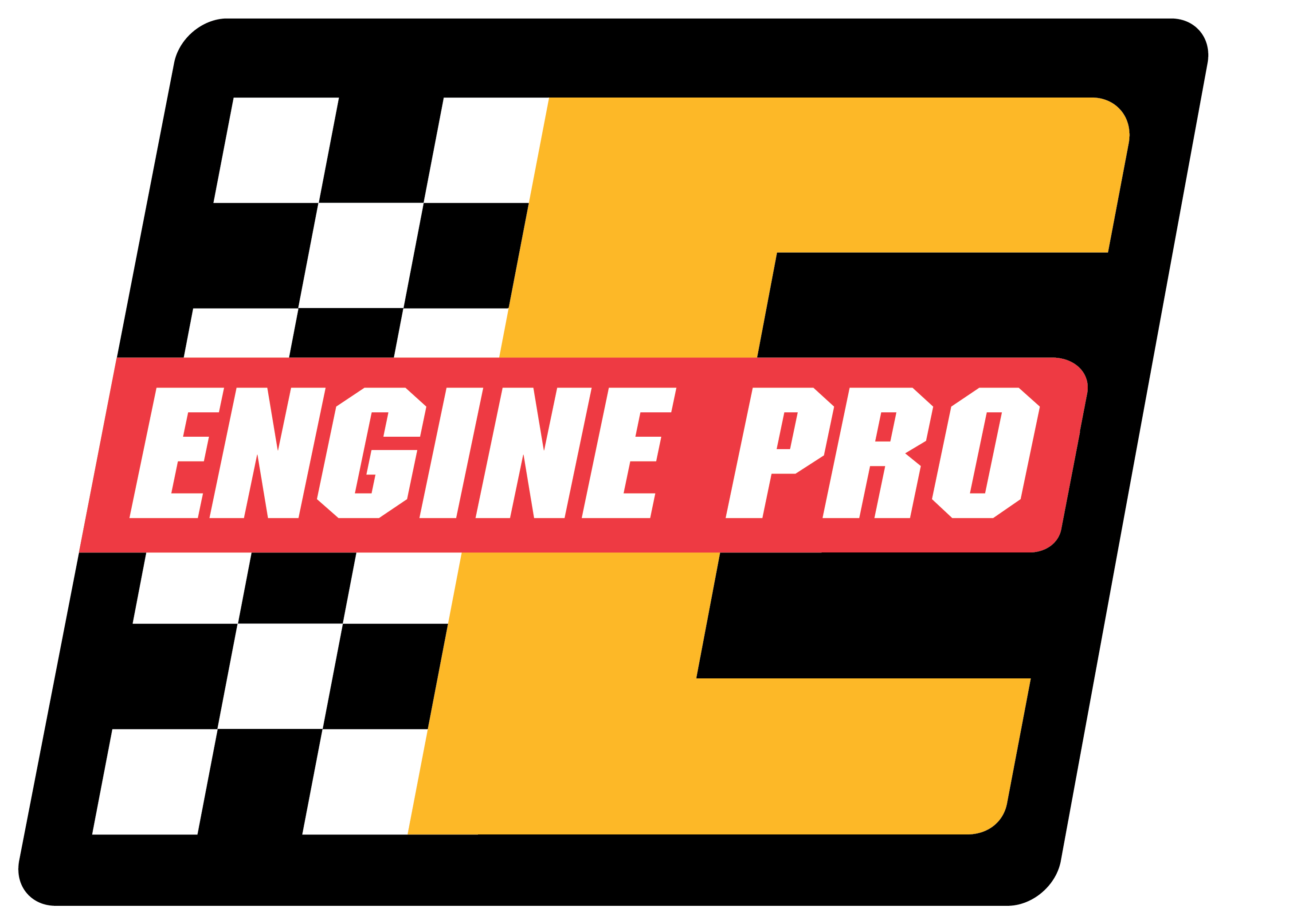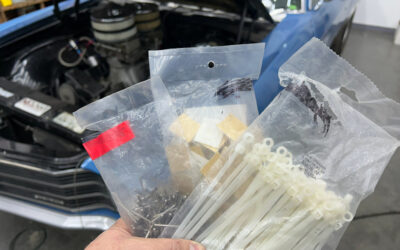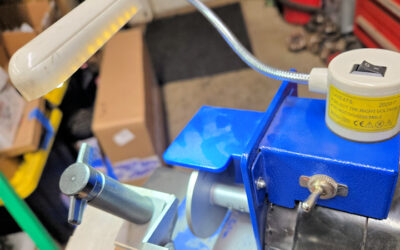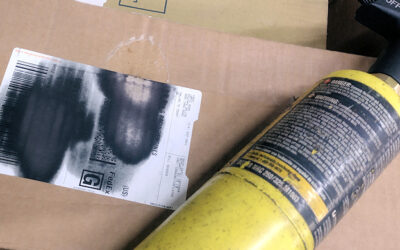THE MOST PROFITABLE TOOL IN YOUR SHOP
Ask yourself, what is the most profitable tool in your shop? The answers vary! A lot of machine shop owners will quickly say their flywheel grinder or their guide and seat machine. But the most profitable tool isn’t a machine you plug into the grid. It’s the tool provided you every month by your accountant – your financial statement. This is a three-part shop solution dedicated to helping owners understand how to maximize their profit by using this important tool. Today’s tip will focus on “gross profit.” The next tip will talk about expenses, and finally, how these work together to earn net profit. Gross profit is basically the amount of money you make per unit sold. For example, if you sell a piston set for $200 and it cost you $160, you’ve made a gross profit of $40. Your margin is 20 percent. When referring to gross profit you’re only taking into account the cost of the product, not the fixed costs associated with operating the business. Income is displayed in the first part of your P&L statement and includes the money your company has earned during the period from regular sales of parts and service. It includes cash payments and accounts receivable. Variable costs or Cost of Good Sold (COGS) include only those expenses directly related to the sale of the parts or service you counted as income. As a remanufacturer, your COGS includes the variable labor costs incurred for every job along with the cost you paid your supplier for the parts. The gross profit represents the amount of money you earned during the period to cover your fixed expenses. Understanding the different sections of your financial statement will help you get a better picture of your business’s financial health.
Steve Rich
Sterling Bearing, Inc.
Kansas City, MO
August, 2015




